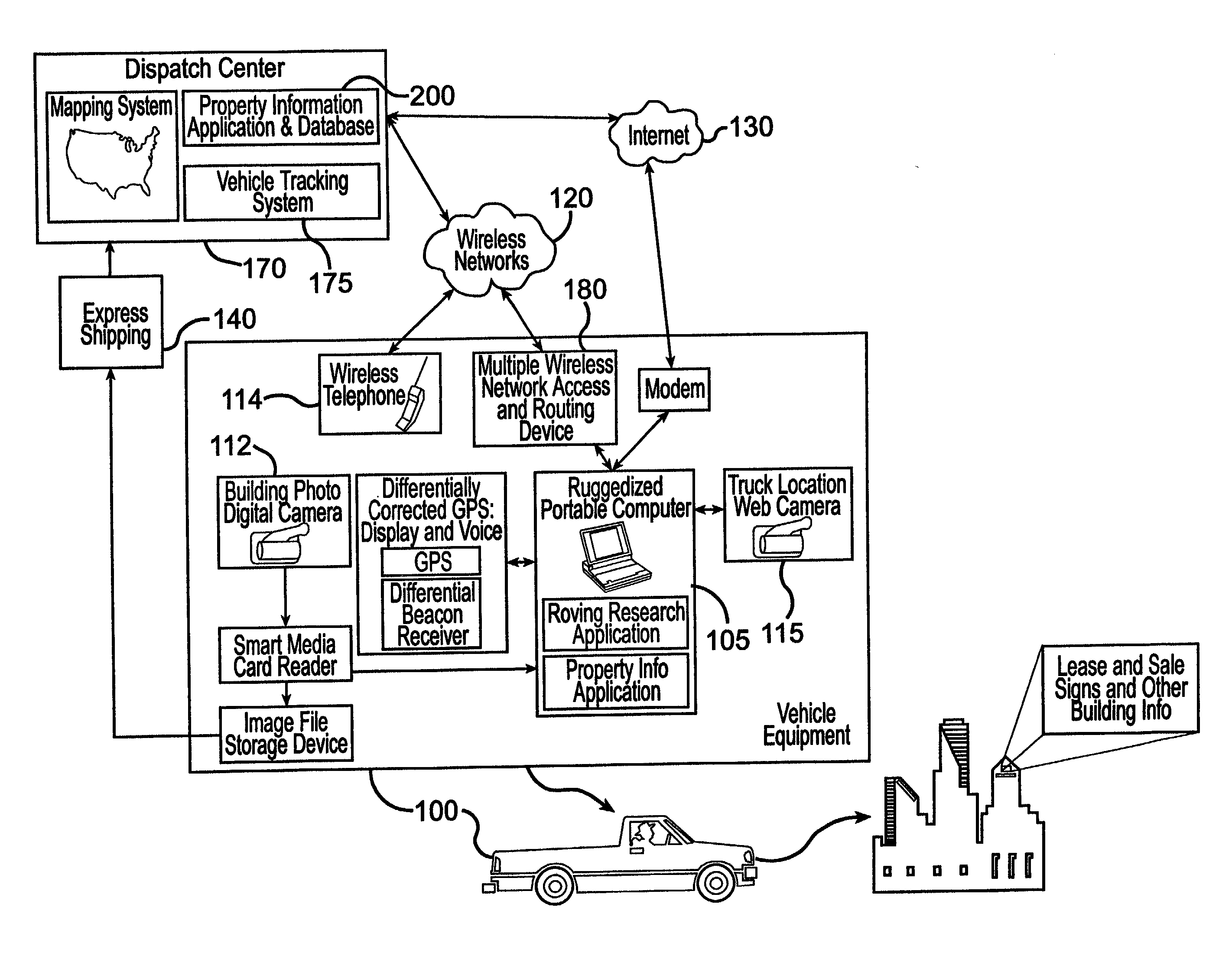Whether measured in terms of variety, volume, or value of transactions, the market for commercial real estate information is vast.
The real estate industry is so large and fragmented that, historically, there has been no meaningful national research.
Research that does exist is typically local or regional in nature, frequently limited to occupancy and rental rate information, and most of the time only marginally accurate.
Ten years ago this was out of date; by today's standards, it is completely useless.
At present, however, transaction costs are high, and information is non-standardized as states, cities, and local communities all have their own rules and regulations.
Clients would have little chance of getting the best execution since there would be a closed market only.
Such data collection is time-consuming, as shown by a 1996 study, which found that commercial real estate professionals spent 40% of their workday collecting and analyzing information on the real estate market.
The commercial real estate related business
community has yet to develop an efficient marketplace because of the fragmented approach to gathering and exchanging information within the marketplace, i.e., the lack of a unified
data model.
This fragmented approach resulted in duplication of effort in the collection and analysis of information, excessive internal cost, non-standardized data with varying degrees of accuracy and comprehensiveness, and a large
information gap.
In the context of commercial real estate, there has heretofore been insufficient reliable information to create derivatives based on the commercial real estate market.
Lenders recognize the value of such a
system, but, as yet, have been unable to create suitable automated underwriter systems that pull in discrete, disparate data fields and create massive automated valuation underwriting.
Lacking the unified data model, lenders heretofore have had to pull data from various systems making it extremely expensive to underwrite a property.
Most owners are not currently marketing their property for sale or refinancing.
If the tenant is $10 per
square foot above market rate on 60,000 square feet--that is a great deal of money.
These commodities could be real estate cost futures.
The hierarchical display of information retrieved from the
database can be used in other contexts in which display of too much information is confusing or impractical, and resubmitting queries to get basic information is too cumbersome for users.
Without contact with the for-sale property researchers, however, these other comparable sales researchers would typically have to wait for the information to arrive through other sources such as county records and deeds.
However, in a large-scale operation, it is virtually impossible to pass information on a person-to-person basis.
For example, if a user is driving 80 miles an hour going South, restaurants that are 5 miles back are not as desirable as restaurants that are 5 miles ahead (establishments 5 miles East or West are also not too desirable).
As the display content becomes data rich, however, storing the information locally and keeping information uniform and current becomes difficult.
The commercial real estate market is enormous.
Notwithstanding the enormity of this market, the prior art system for facilitating these transactions is enormously inefficient.
As shown in FIG. 4, the current prior art inefficiencies in the market include the fact that only a fraction of the real audience ever sees any particular property.
Other inefficiencies in the current prior art way of selling commercial real estate include the fact that there is a significant marketing expense involved since the marketing involves preparation of lengthy
documentation and because the system in place is not highly automated.
Another inefficiency in the prior art is a basic economic inefficiency of the market.
In addition, the current system is inefficient because it is very time-consuming.
Moreover, there is too much risk and expense for the buyer, and buyers see only a fraction of their options.
In contrast, the prior art investment sales process is considerably more complex.
Because the seller has an interest in selling the property, this information is naturally suspect.
Thus, notwithstanding the tremendous amount of effort that is necessary to compile the information, the information is ultimately of little value to a potential buyer, and must be verified with an objective provider of real estate information, or independently verified.
Often, these qualified buyers are not subscribers to the general listing features of the system, and, therefore, do not have the ability to learn of the property listing on the system.
In some instances, however, users may desire limited ad hoc
access to information from outside their region.
Unverified comparable sales are somewhat less reliable, but may be more timely since they are likely to be more recent than the verified comparable sales.
Information on for-sale properties may not be reliable for comparable sale purposes because the sale has not yet been completed.
The hierarchical display of information retrieved from the
database can be used in other contexts where display of too much information is confusing or impractical, and resubmitting queries to get basic information is too cumbersome for users.
By way of background, in the context of commercial real estate, the
current practice of providing updated information to a broker's
web site is extraordinary complex.
There is, however, no readily apparent mechanism in place for confirming the currency, accuracy, or comprehensiveness of the information provided on the
database.
Unfortunately, entering and updating the information can be extraordinarily complex and time-consuming in the context of commercial real estate, which, unlike residential real estate, involves a wide variety of property criteria that may be of interest to potential buyers.
Without a comprehensive source of information, maintaining widely distributed individual sites with current, reliable information is virtually impossible.
 Login to View More
Login to View More  Login to View More
Login to View More 


